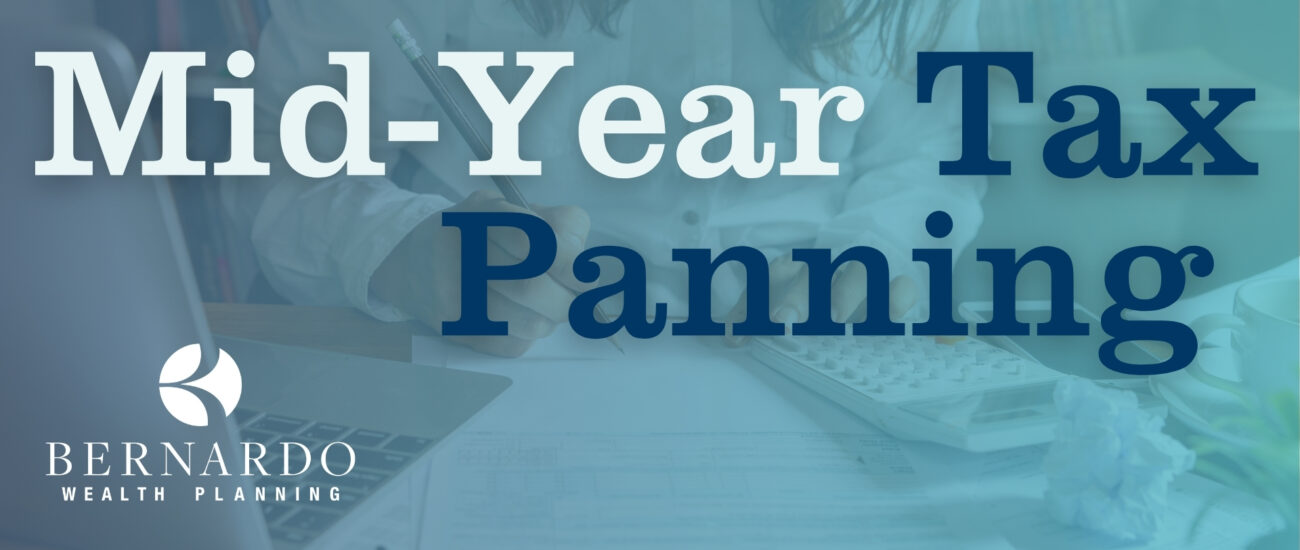We’re well past halfway through the year, and if you haven’t already started planning for your taxes, this is your window. Right now is one of the most valuable times to run projections, look ahead, and start answering the question: What could my tax bill look like next April?
You don’t necessarily need exact numbers, but you do need trajectory.
Mid-Year Is Your Best Shot at Predictability
It may feel as though we’re just coming off of tax season. Whether you filed on time or extended, chances are those returns are fresh in your mind. That makes this a great time to sit down with your CPA, revisit where things stand, and ask:
- How has income tracked so far?
- What changes are expected in the second half of the year?
- Are there any events on the horizon that could meaningfully affect taxes?
From there, you can start putting together a rough tax estimate. Once you know the number, you can start setting aside cash—or at least know what kind of liquidity you’ll need come April.
That’s the foundation of a good tax plan, and it doesn’t need to be overcomplicated.
The Planning Window That Actually Matters
Good planning happens before December 31st. That’s when you still have time to make meaningful moves, whether that’s accelerating deductions, timing bonuses, or evaluating tax strategies with your advisor or CPA.
And if legislation shifts—say, bonus depreciation comes back, and you’re considering buying a 6,000-pound vehicle—you’ll want all your bases covered. Having a plan in place gives you the flexibility to act instead of react.
Who Needs to Be Paying Attention?
This kind of planning isn’t for everyone. But if you fall into any of these categories, it’s essential:
- Business owners – where income, distributions, or K-1s can vary significantly year to year
- Highly compensated executives – especially those paid with performance bonuses or equity
- Private investment holders – if you own real estate, private equity, or alternatives that may distribute gains unexpectedly
In these cases, a single event—like a fund selling a company or a real estate project closing—can trigger a sizable tax obligation that doesn’t fit neatly into a monthly cash flow.
And unlike traditional W-2 income, these events aren’t predictable. That’s why mid-year planning matters.
Don’t Wait for the Bill
Tax bills don’t have to be a surprise. They shouldn’t be. Yet, for people with more complex income streams, they often are because no one paused mid-year to run projections and build a plan around those possibilities.
If your financial life includes performance-based income, ownership interests, or illiquid gains, this is your nudge.
We’ve already seen what happens when people don’t. Let’s do it differently this time. Take a breath, run the numbers, and let’s make a plan.
